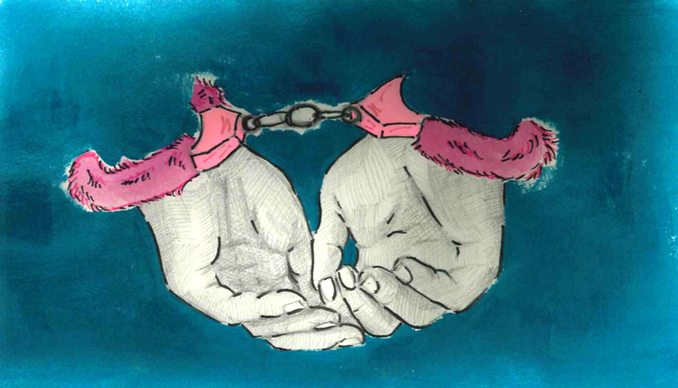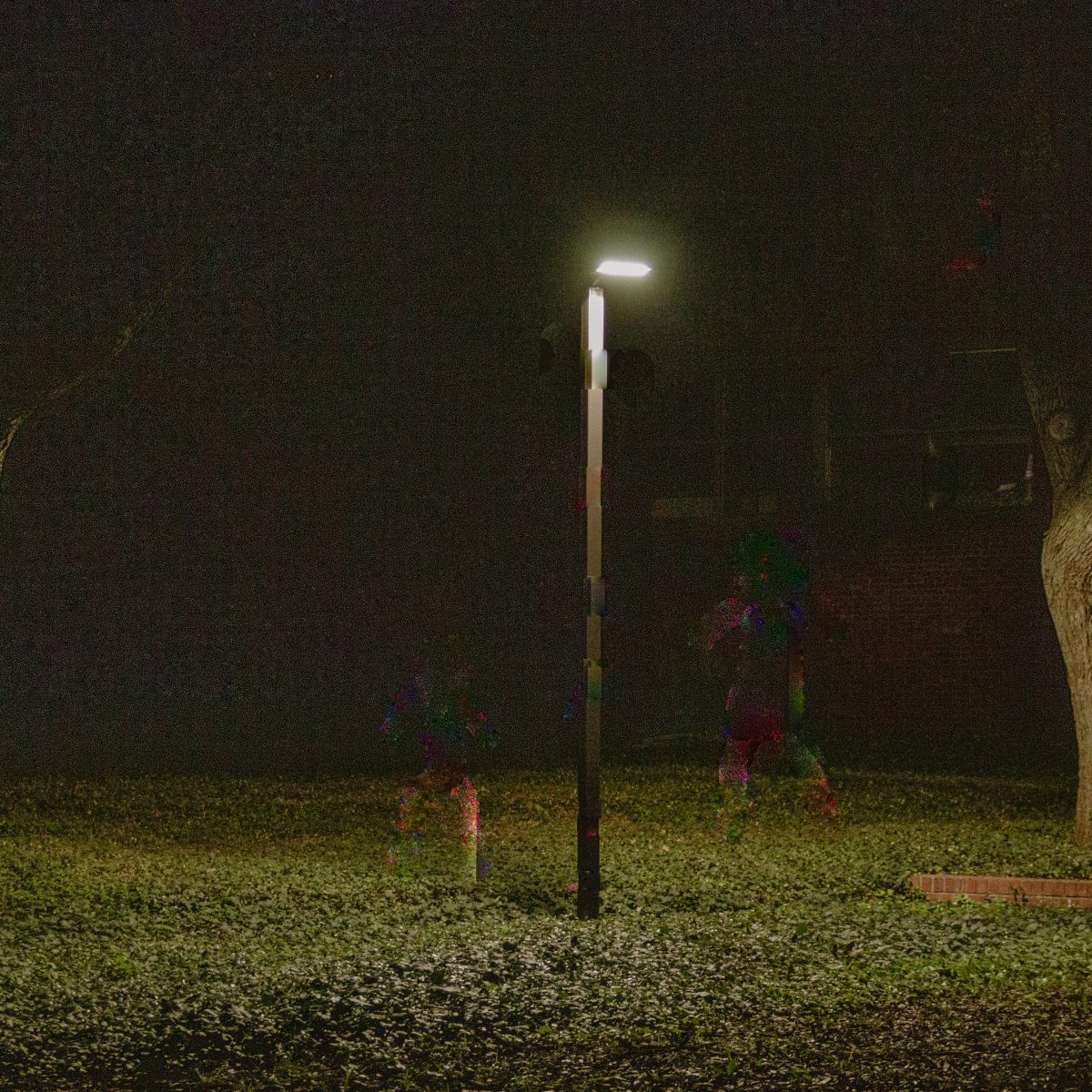Valentine’s Day is here and talk about love and sex is not in the air. People are whispering in dark corners, afraid to be verbal and casual about conversations of the sexual nature. Why is that? I set out to find someone who could answer my questions about the very common but very abstract term “kink.” I was led to Cay Crow, a Licensed Professional Counselor (LPC) who is also with the American Association of Sex Educators, Counselors and Therapists (AASECT) as a Certified Sex Therapist and Supervisor. Along with this slew of credentials, she also teaches Human Sexuality at the University of the Incarnate Word. Her website is sextherapysa.com. Check it out! Now, onto the questions. We held a very productive email interview where she answered the basics everyone should know.
Samantha Ortiz: What is a kink?
Cay Crow: Kink is a cultural term used to describe what someone is into sexually. But who really gets to decide what is kinky and what is not? American culture is rather Puritanical and often frowns on alternative forms of sexuality. But if there is no normal in sex, how can something be abnormal? As long as the behavior is safe, sane, consensual, and engaged in by two or more consenting adults, it is fine. When I first started teaching Human Sexuality about 17 years ago, the textbook had a chapter entitled Sexual Behavior and another chapter entitled Atypical Sexual Behavior. That edition of the textbook included anal sex in the atypical chapter but when the new edition came out, anal sex was reclassified under Sexual Behavior! The book evolved either with the cultural awareness or people’s openness around what is considered acceptable sexual behavior. There are constant shifts like this taking place in our society.
Samantha Ortiz: Do you think kink culture in a regular society is different from kink culture in colleges?
Cay Crow: I do not think that kink culture on campus is much different from kink culture in regular society. In my experience, college students use at least some of their time at college to explore what they are into sexually. Kink culture – I am thinking specifically of the BDSM (bondage, discipline/dominance, sadism, masochism) scene – welcomes neophytes but has rules around how old you can be to attend a party and how to safely find a partner to play with. Making your way into any kink culture requires a learning curve; there is a protocol and you may make mistakes. It is not a good idea to just jump in, especially if what you are into has any element of danger to it. Most people who have a sexual interest or kink, have had it for quite a long time. College, especially if they are away from home, gives them the opportunity to explore it.
Samantha Ortiz: Why are people so insecure about revealing their kinks?
Cay Crow: People are justifiably private about their kinks because we do not yet live in a society that readily accepts people’s erotic proclivities, whatever they might be. The public might think they understand BDSM because the Shades of Gray books and movies depicted erotic power play but those individuals in the BDSM scene were quick to disavow the series as representative of who they are and what they do. The general public believes that having kinks makes someone perverted and likely to sexually abuse children. There is a lot of conflation between homosexuality, for example, and pedophilia when in reality the two have nothing to do with each other. The same thing happens with kinks; people assume that having a certain erotic interest means there is something sinister about that person. I think it is very important for a person to reveal their kinks to a potential partner. I have worked with couples to help them do this.
Samantha Ortiz: What are the top 5 kinks that you notice?
Cay Crow: Based on what I see in my practice, one of the most common kinks is BDSM. I want to clarify that BDSM is power play, not necessarily involving pain or any type of flogging or spanking. Some people like to be restrained, others enjoy assuming a dominant or submissive role. I have a feminine dominant named Siren who comes to my class to speak each semester. She helps to dispel a lot of the misunderstandings people have about what BDSM is. I think of BDSM as sexual theatre; it is often quite a production with fetish wear and props. People in the scene put a tremendous amount of time, thought, and effort into creating scenes. Everything that happens is negotiated. Even though it looks as if someone is being hurt, it has all been discussed ahead of time.
Another common kink is cuckolding; this is where a man gets turned on by the idea of his partner being with someone else. Sometimes, the one with the kink want to be there, watch, or even participate when the third partner is brought in. Other times, the one with the kink wants it to happen when he is away and have the partner tell him all about it for their mutual arousal.
Both voyeurism and exhibitionism are quite common but can show up in different ways. One partner might peek into the bedroom when their lover is changing. Some couples use webcams to talk to each other when they are apart or to engage with other people sexually. Some people enjoy walking around the house nude or going to places like swinger’s clubs or nude beaches where some level of nudity is acceptable. I do want to make it clear that not all nudists are exhibitionists. An exhibitionist gets a thrill from being seen. A naturist just enjoys being nude wherever they go.
Another common kink is typically men who are into women’s feet. There are actually touring foot fetish parties where scantily dressed women who wear towering heels will let you lick their feet, rub their feet, they will walk on you barefoot or with their heels. Some men like to paint their partner’s toenails or massage their feet with lotion or receive a footjob – just like a hand job but done with the feet.
I highly encourage everyone to tune into her sexual health radio show titled Night Moves: Explorations of Contemporary Sexuality on KYSM 90.1. The show airs every Tuesday at 11 PM. Mixcloud is a good resource for accessing those podcasts.






